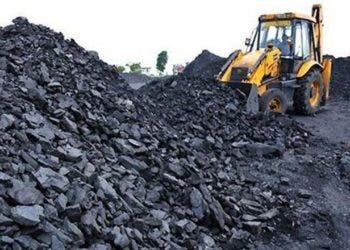This year’s rapid economic recovery has expanded coal power generation around the globe, likely to end the year with a 9% jump, according to the International Energy Agency (IEA). The U-turn from the declines in coal use seen in 2019 and 2020 threaten the chances of delivering on the emissions reductions amid the climate crisis, IEA said.

The increase in coal power use is mainly driven by China, India, the US and the EU. In China, which accounts for a third of global coal consumption, coal-fired power generation would grow 9% this year, while in India it would expand by 12%. This is an all-time high for coal-fired electricity generation in both countries, the report found.
In the US and the EU, coal power generation would reach a 20% increase this year compared to 2020. But the amount of energy generated from coal won’t be as high as in 2019, the IEA said. Plus, coal consumption would go back in decline next year in both countries due to slower electricity demand and an expansion of renewables.
“Coal is the single largest source of global carbon emissions, and this year’s historically high level of coal power generation is a worrying sign of how far off track the world is in its efforts to put emissions into decline towards net zero,” IEA Executive Director Fatih Birol said in a statement, calling for “strong and immediate” actions on coal.
Growing emissions
Back in May, the IEA said that all development of new fossil fuel projects (coal, gas and oil) had to stop this year for the world to meet the Paris Agreement on climate change target to limit global warming to 1.5ºC by the end of the century. While the IEA said this is something “viable”, it also described it as “narrow and extremely challenging.”
This complexity was evident at the recent climate summit COP26, when a pledge to “phase out” coal use was watered down to “phase down” coal. Still, there has been some progress. US President Joe Biden halted this month’s federal funding for new fossil-fuel projects abroad, with China making the same commitment earlier this year.
This year, overall coal demand, including power generation and cement and steel production, will rise about 6%, the IEA said. While this is below the 2013 and 2014 record levels, coal demand could reach new all-time highs in 2022 and remain at that level for another two years, depending on economic growth and weather patterns.
“Asia dominates the global coal market, with China and India accounting for two-thirds of overall demand. These two economies – dependent on coal and with a combined population of almost 3 billion people – hold the key to future coal demand,” Keisuke Sadamori, Director of Energy Markets and Security at the IEA, said in a statement.
China and India already have decarbonization targets in place. Chinese President Xi Jinping said in April that the country will be carbon neutral in 2060, reducing coal use starting in 2026. Meanwhile, India’s Prime Minister Narendra Modi, announced at COP26 that his country will reach net zero emissions by 2070, further off than ideal.
IEA’s full report can be accessed here.




